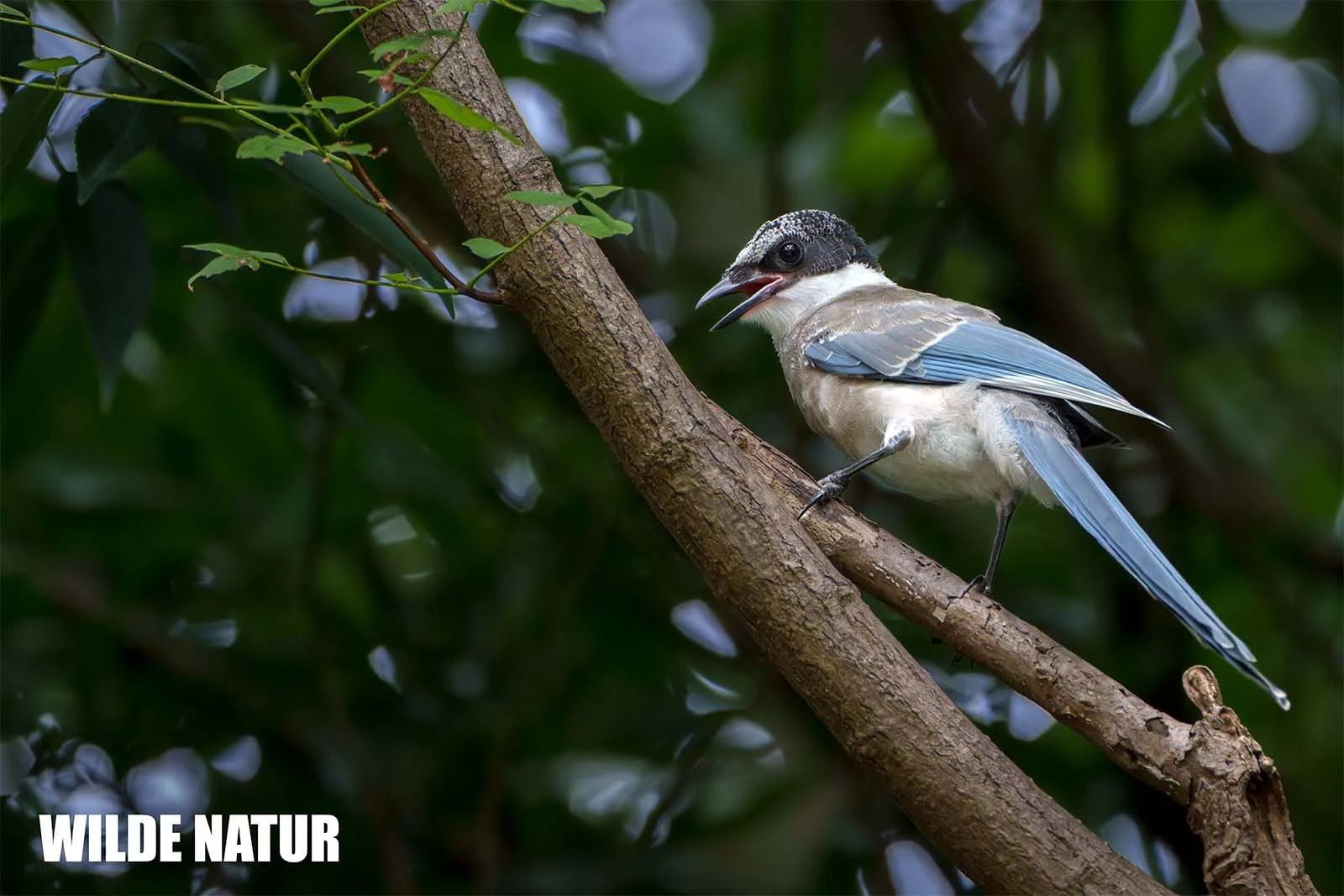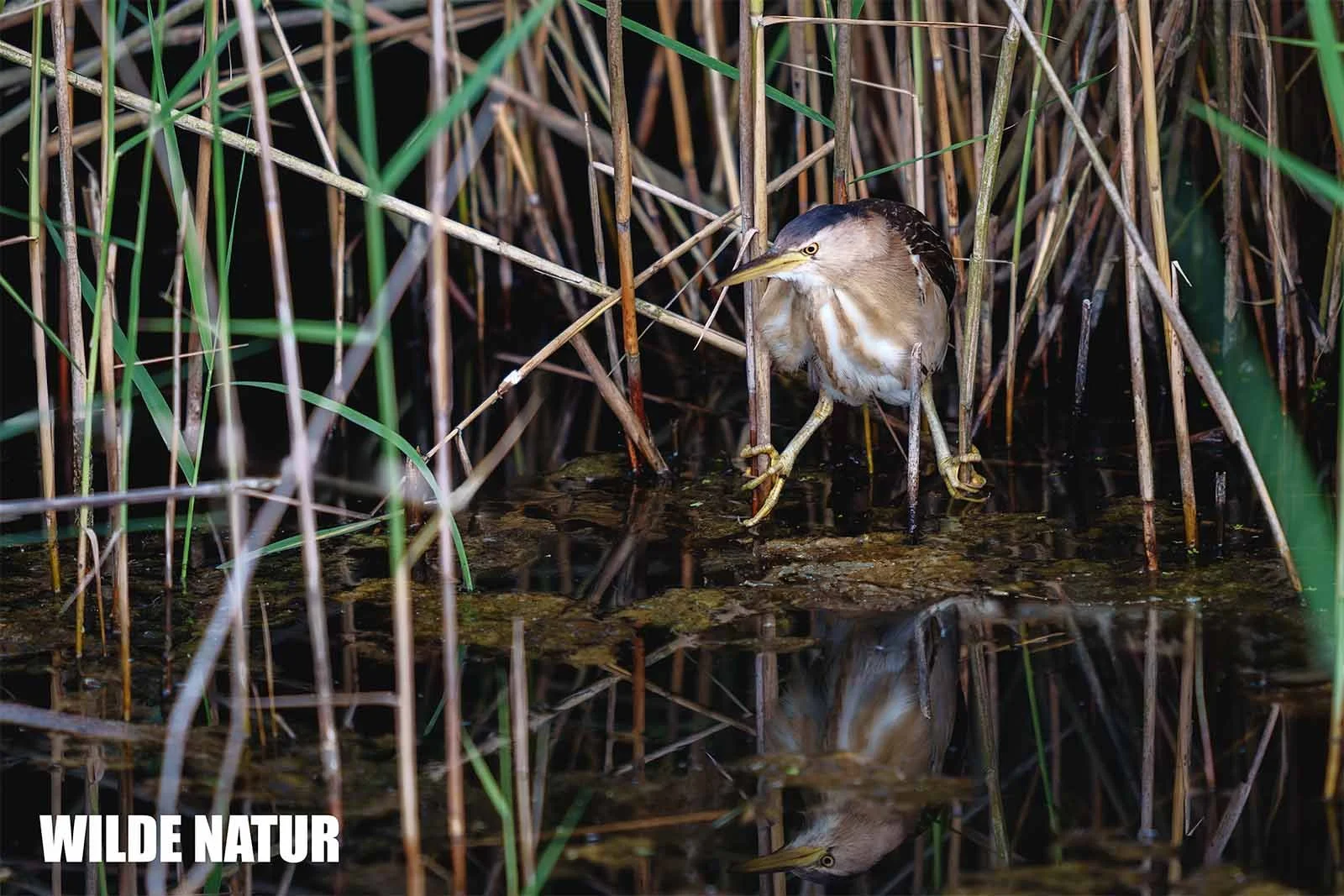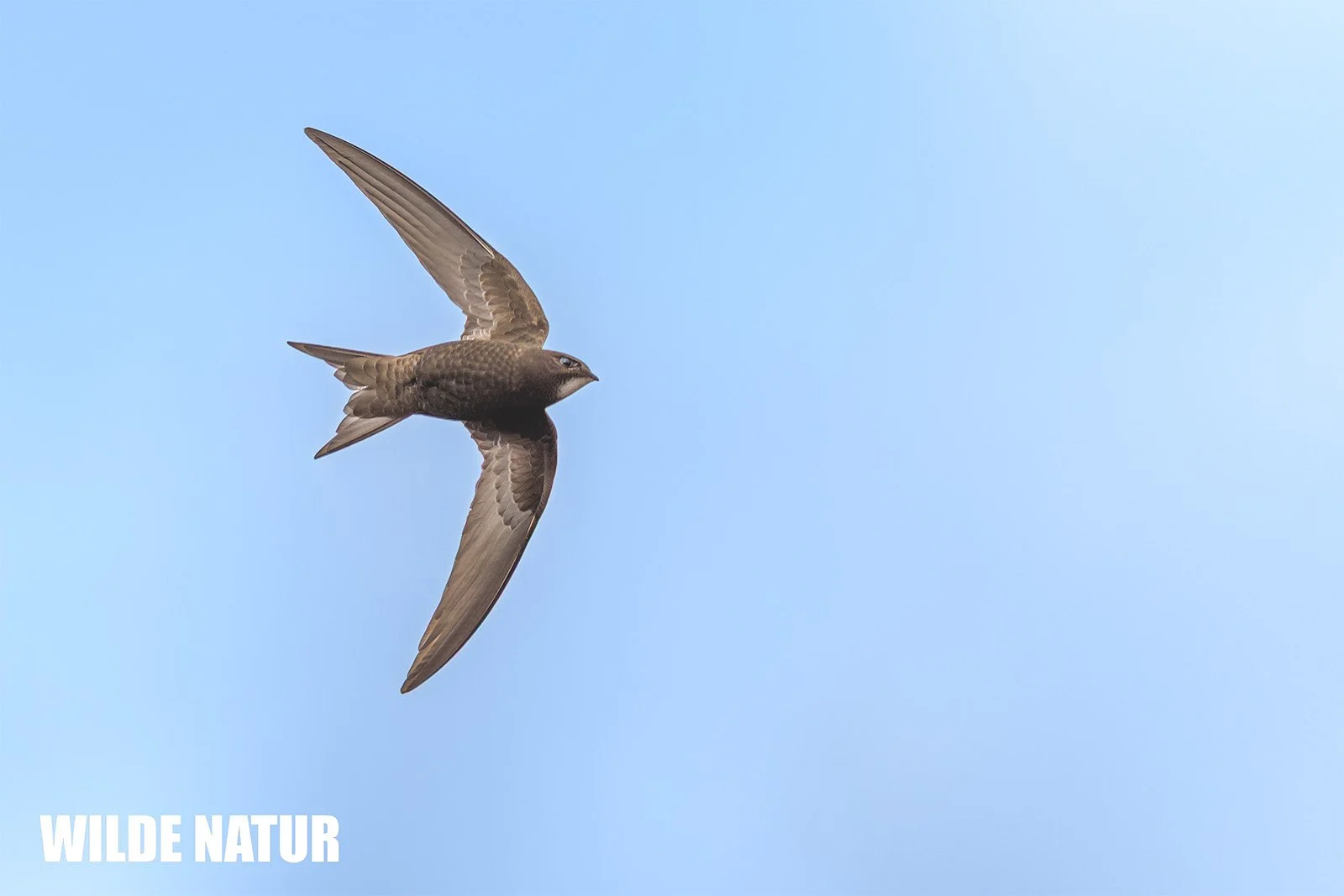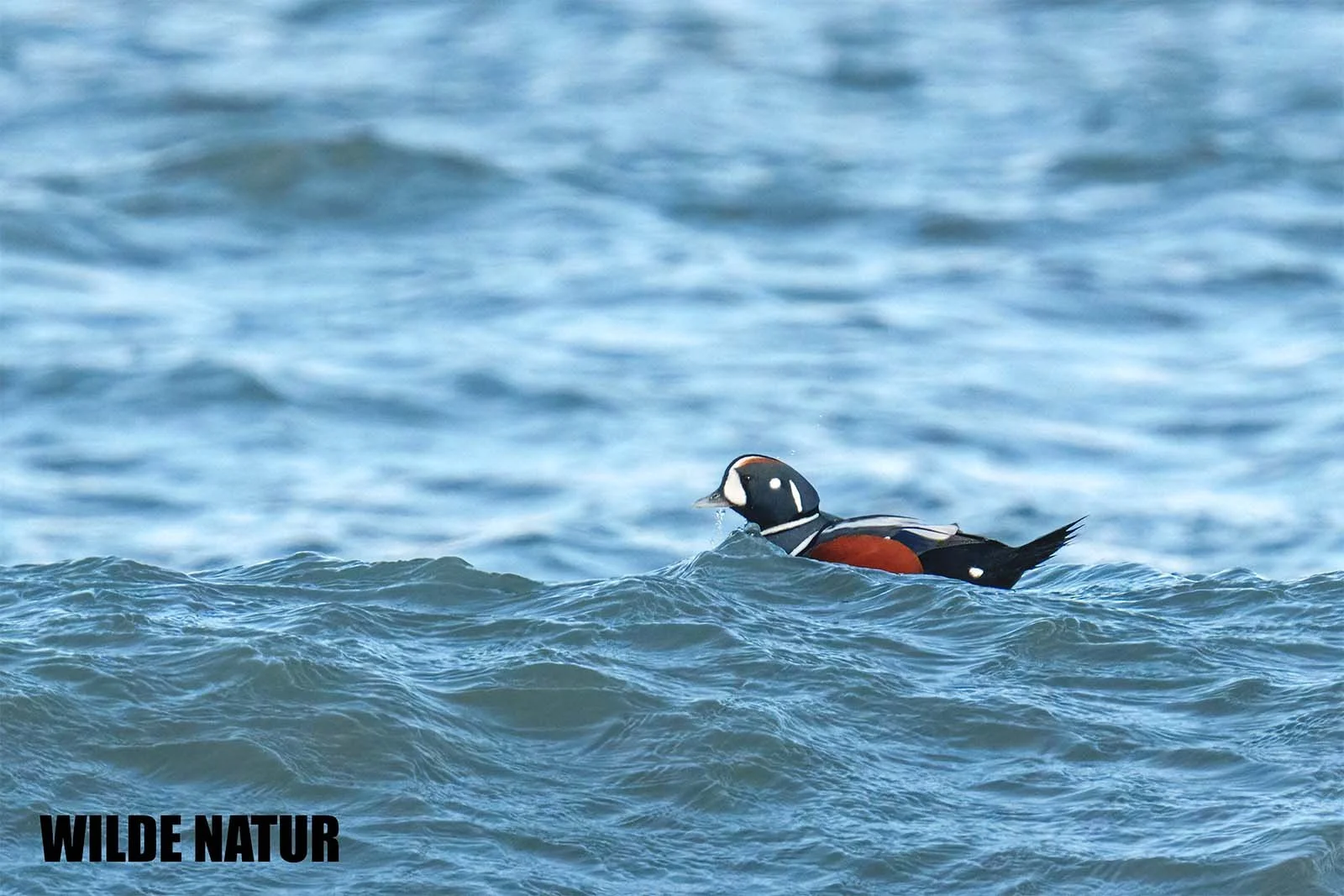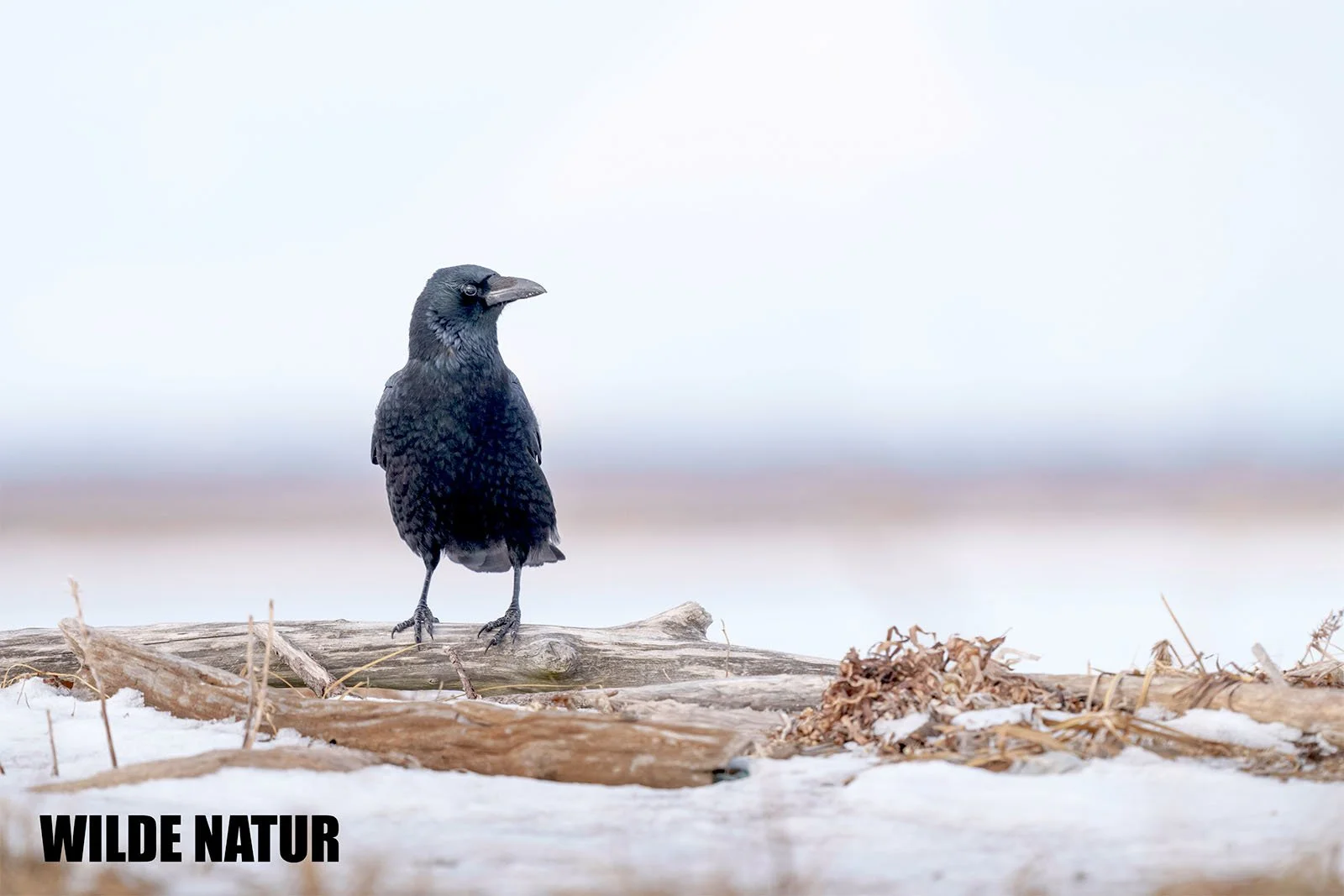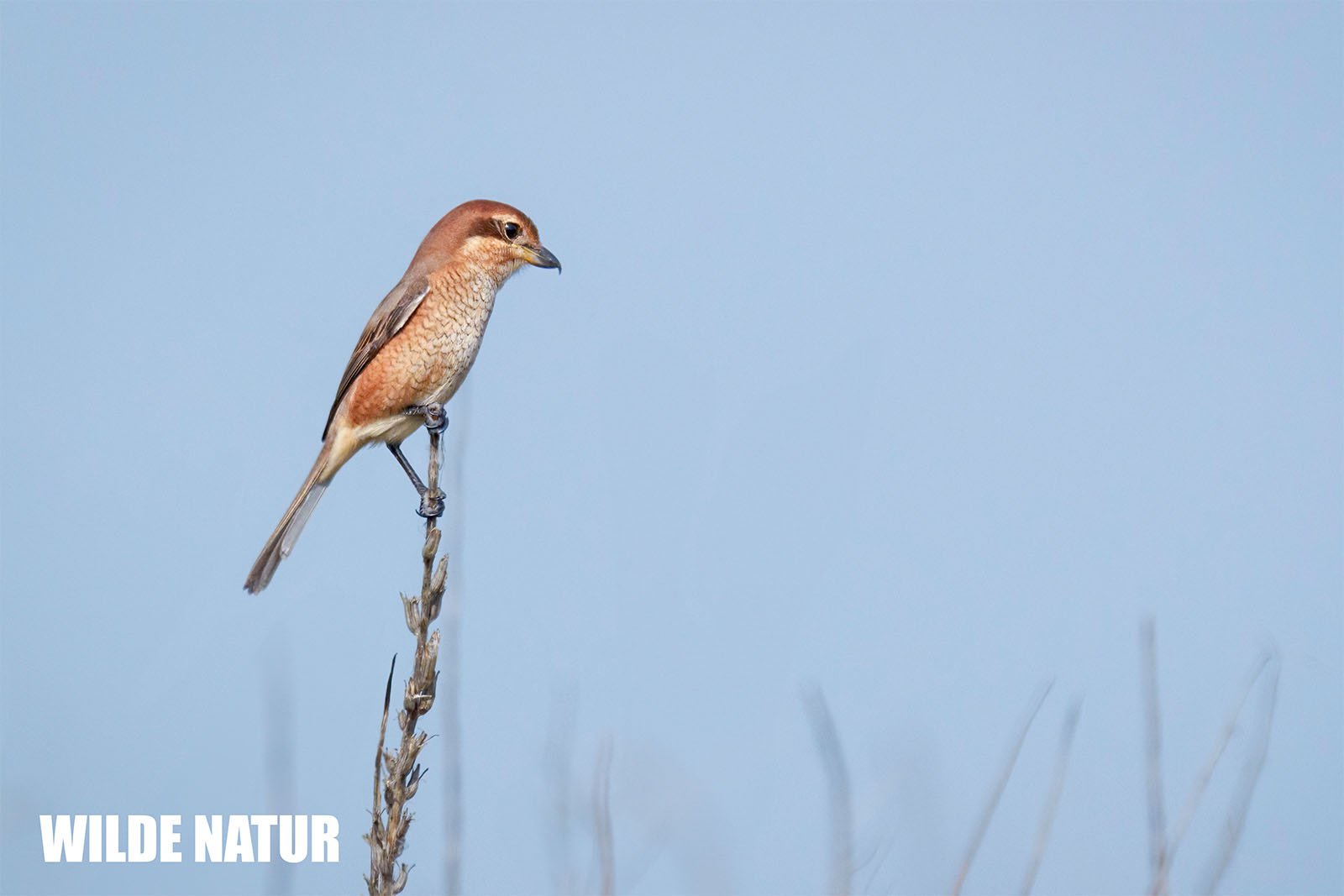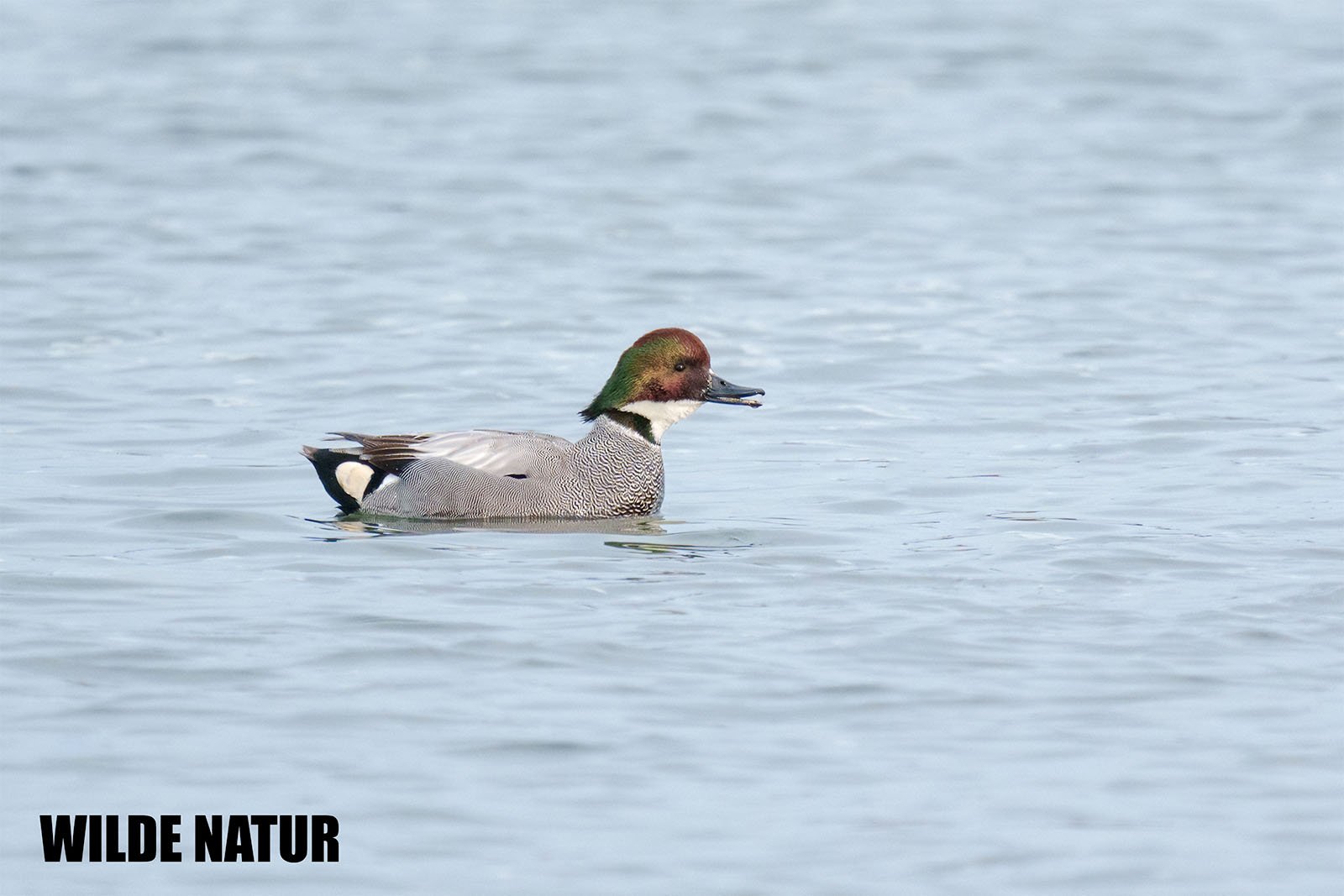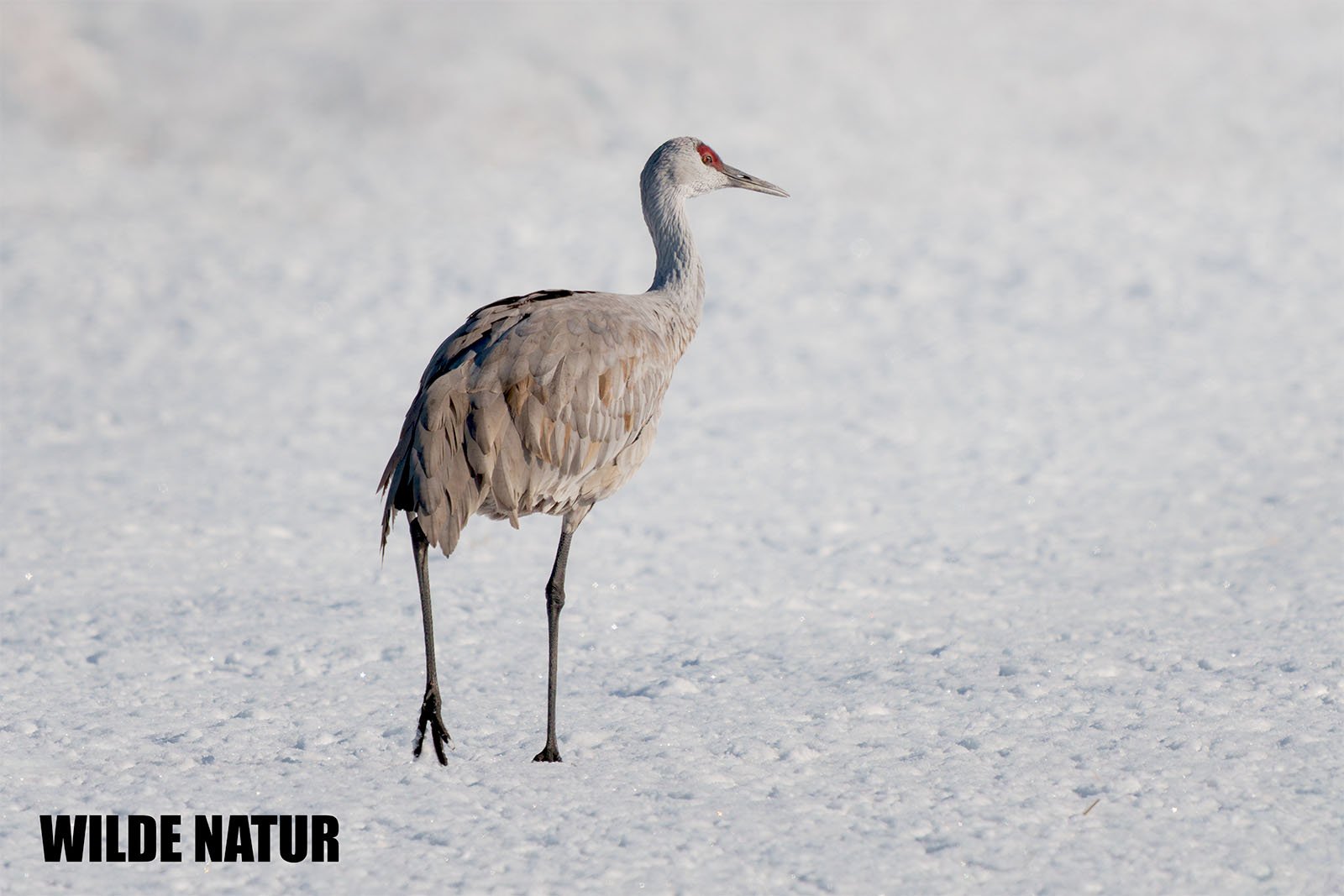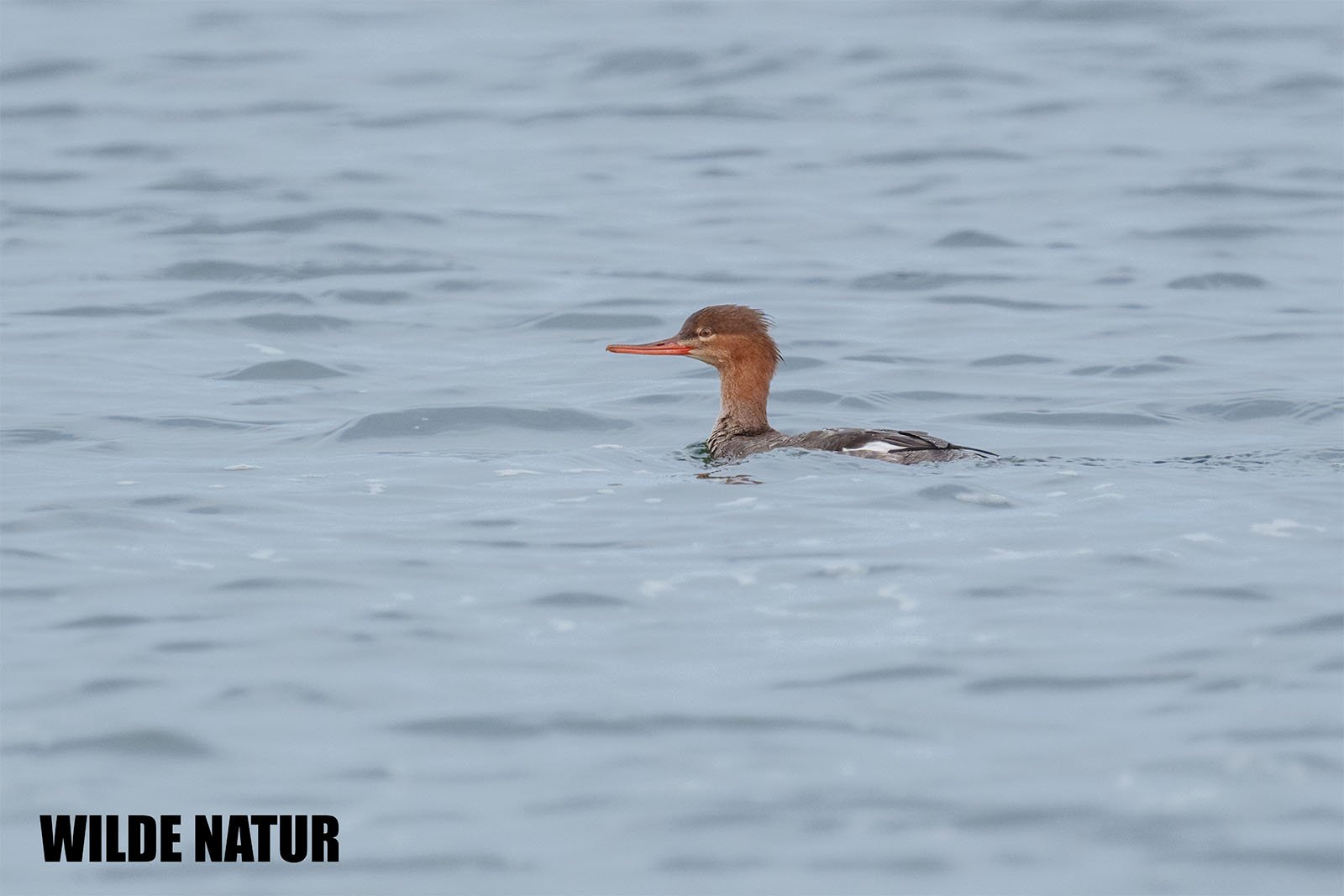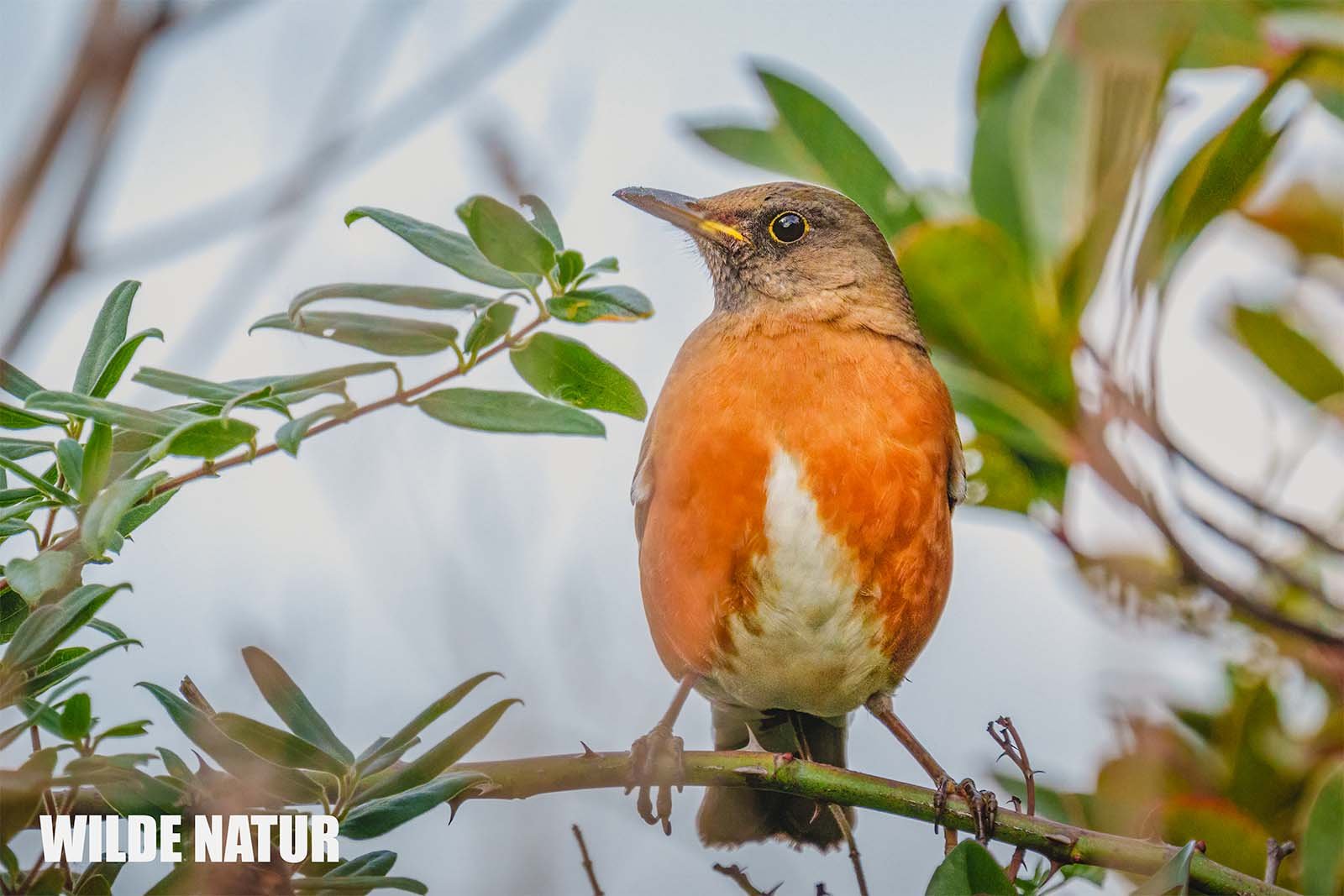Great spotted woodpecker (Dendrocopos major)
Great spotted woodpeckers, female feeding chick on the left, male with red nape on the right
Great Spotted Woodpecker: The Drummer of the Forest
Key Facts at a Glance
- Scientific name:Dendrocopos major
- Family: Woodpeckers (Picidae)
- Size: approx. 23 cm
- Weight: approx. 70–90 grams
- Behavior: Resident throughout the year
- Habitat: Forests, parks, gardens, orchards
- Diet: Insects, larvae, seeds, nuts, berries
- Breeding season: Spring, 4–7 eggs, cavity nester
- Identification: Black-and-white plumage with red undertail
- Drumming: Territorial signal with the beak
- Behavior: Vertical climbing, strong beak, visible year-round
Table of Contents
- Introduction
- Size and Body Structure
- Diet
- Habitat
- Breeding
- Appearance
- Call and Drumming
- Behavior
- Field Examples
- FAQ
Introduction
If you hear a short, rapid, even tapping from the forest, chances are: a great spotted woodpecker is at work. With its striking plumage, powerful beak, and distinctive drumming, it's one of Central Europe's most recognizable birds. But it’s not just noisy – it’s a real multitasker when it comes to climbing, nest-building, and foraging. In this article, you’ll discover why the great spotted woodpecker can do much more than just knock on wood.
Size and Body Structure
At around 23 centimeters in length, the great spotted woodpecker belongs to the mid-sized bird group. Roughly the size of a blackbird, it appears sturdier and more robust due to its compact body and strong beak.
It weighs about 70 to 90 grams – heavy enough to maintain grip while hammering, yet light enough for agile climbing. Its physique is perfectly adapted for tree-trunk life: strong muscles, two toes facing forward, two backward, and stiff tail feathers for support while climbing.
Its beak is no accident of nature: it functions like a chisel – hard, pointed, and shock-resistant. The skull is built to absorb impact, protecting the brain from damage even after thousands of drumbeats a day.
Diet
In spring and summer, the great spotted woodpecker feeds on animal-based food:
- Insects
- Larvae
- Beetles
Using its beak, it taps holes into bark to reach hidden prey. Its tongue is long, pointed, slightly sticky – perfect for extracting insects from crevices in the wood.
In autumn and winter, the woodpecker switches to a plant-based diet:
- Seeds, especially from spruce cones
- Nuts
- Berries
It wedges cones into branch forks – a kind of workbench – where it chisels them open piece by piece to reach the nutritious seeds inside.
Habitat
The great spotted woodpecker is a master of adaptation. You’ll find it almost anywhere trees grow:
- Deciduous forests
- Mixed forests
- Coniferous forests
- Parks and large gardens
- Orchards
The only requirement: old or decaying wood must be available – for hammering, nesting, and insect hunting.
It is not a migratory bird. It stays year-round in its territory and is one of the few resident species you can hear even in the depths of winter.
Breeding
During breeding season, the great spotted woodpecker turns into a true carpenter. It excavates its nesting cavity by itself – usually in soft or dead wood. The work takes several days, resulting in the perfect nursery.
The female lays four to seven eggs. Both parents take turns incubating – and later feeding the chicks.
Not long after fledging, the young begin drumming themselves. And the empty cavity? It’s often taken over by other animals – tits, nuthatches, or dormice are among the grateful tenants.
Great spotted woodpecker Appearance



The great spotted woodpecker has a striking and well-structured plumage:
- Head: black and white patterned
- Male: with red nape patch
- Female: without red nape
- Juveniles: red cap
- Back: black with white shoulder patches
- Belly: pale to white
- Undertail: bright red
- Wings: black and white barred
- Beak and legs: gray
This combination makes it unmistakable – especially the red undertail, which stands out during flight or climbing.
Call and Drumming
The great spotted woodpecker doesn’t sing – it drums. And for good reason:
- Marks territory
- Attracts mates
The drumming is short, fast, and even, often performed on hollow-sounding wood. The rhythm is so distinctive that you can identify the bird even without seeing it.
It also produces sharp, harsh calls – often in alarm or to communicate with a partner.
Behavior
The great spotted woodpecker lives in a vertical world. It climbs straight up tree trunks, hammers, forages, and rests there. It supports itself with its tail feathers and grips using its zygodactyl feet.
Its behavior is characterized by:
- Constant movement
- Purposeful hammering
- Intense territory maintenance
It only flies short distances – preferring to hop or climb from branch to branch.
Go in the Field
Want to know if a great spotted woodpecker is nearby? Look for these clues:
- You hear a fast, rhythmic tapping on wood.
- You see a black-and-white bird with a red undertail hanging vertically on a tree trunk.
- There are chewed-up cones or chipped bark on the ground nearby.
- You spot round holes in old trees – usually neat and smooth-edged.
With a bit of patience, you can often watch the woodpecker drumming or feeding – especially in spring.
FAQ – Frequently Asked Questions about the Great Spotted Woodpecker
How can I recognize a great spotted woodpecker? By its black-and-white plumage, red undertail, and distinctive drumming behavior.
Why does the woodpecker drum? To mark its territory and attract a mate. It’s their form of song.
What does the great spotted woodpecker eat in winter? Seeds, cones, nuts, and berries – everything that provides energy.
Does it stay here during winter? Yes, it’s a resident bird and remains in its territory year-round.
How can I tell the male apart? The male has a red patch on the nape; the female does not.


